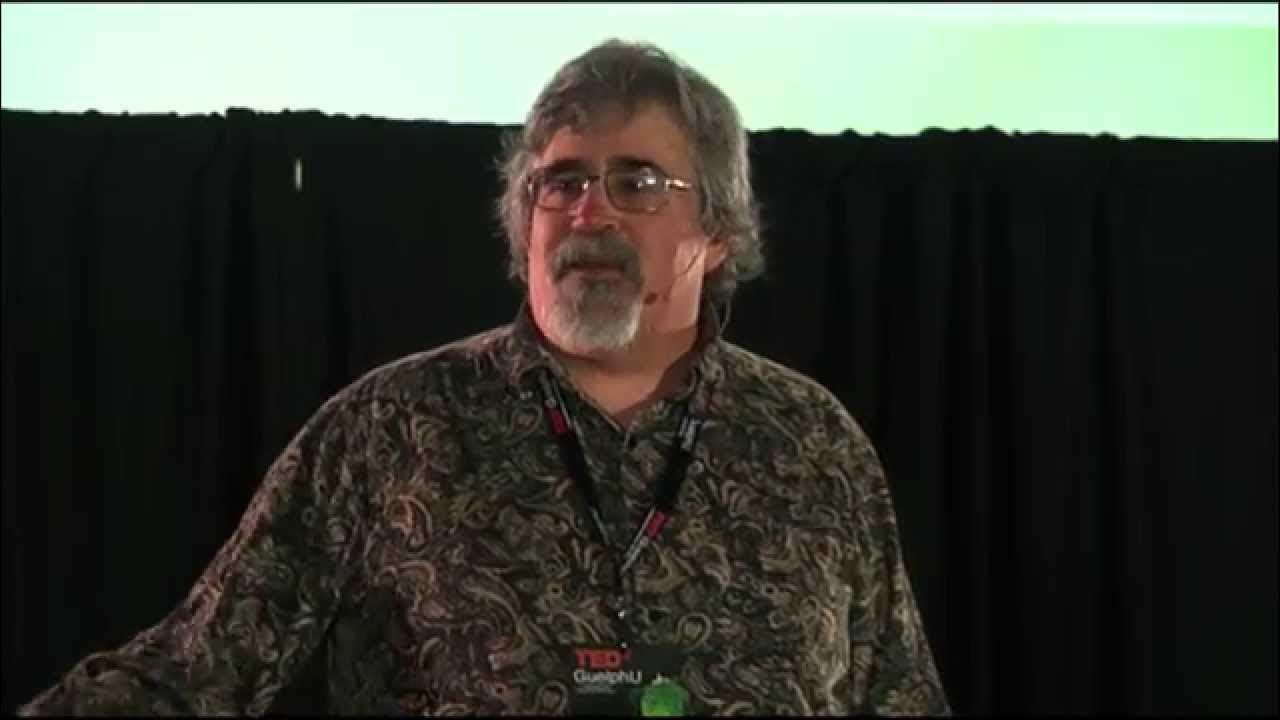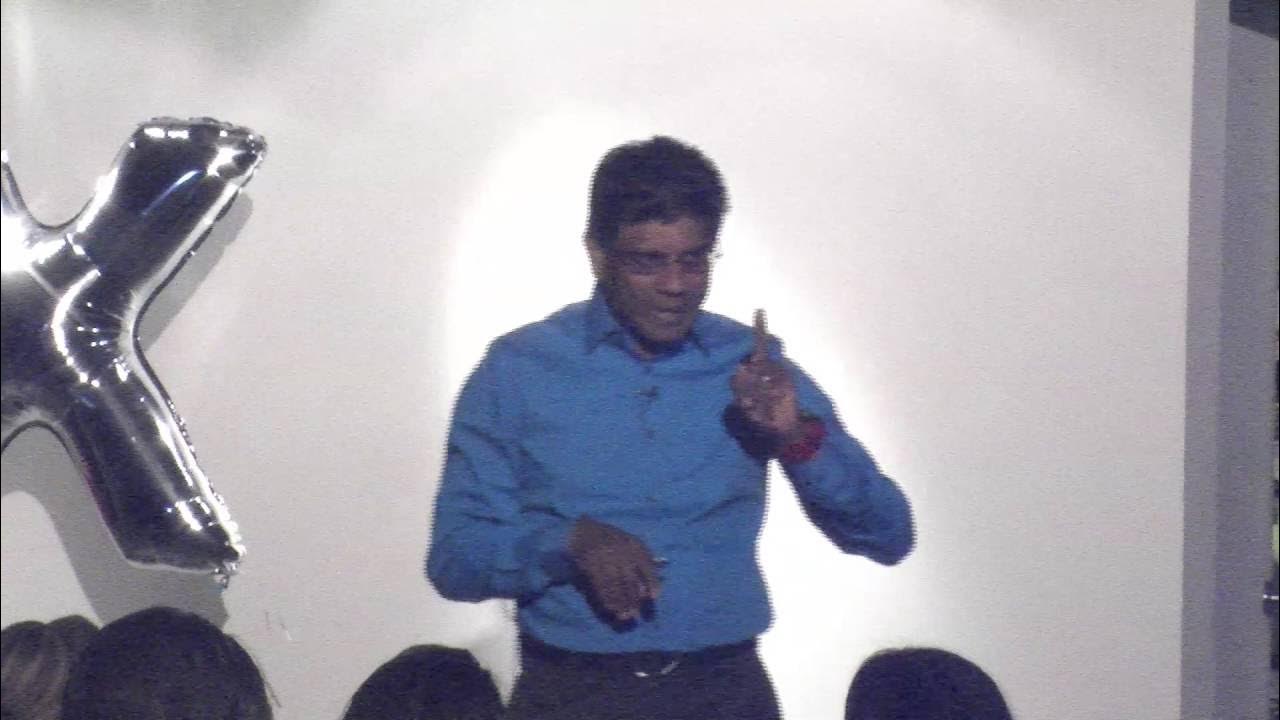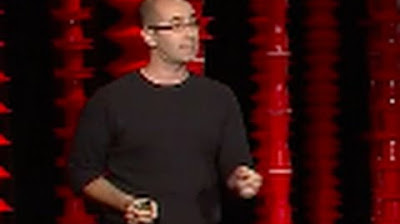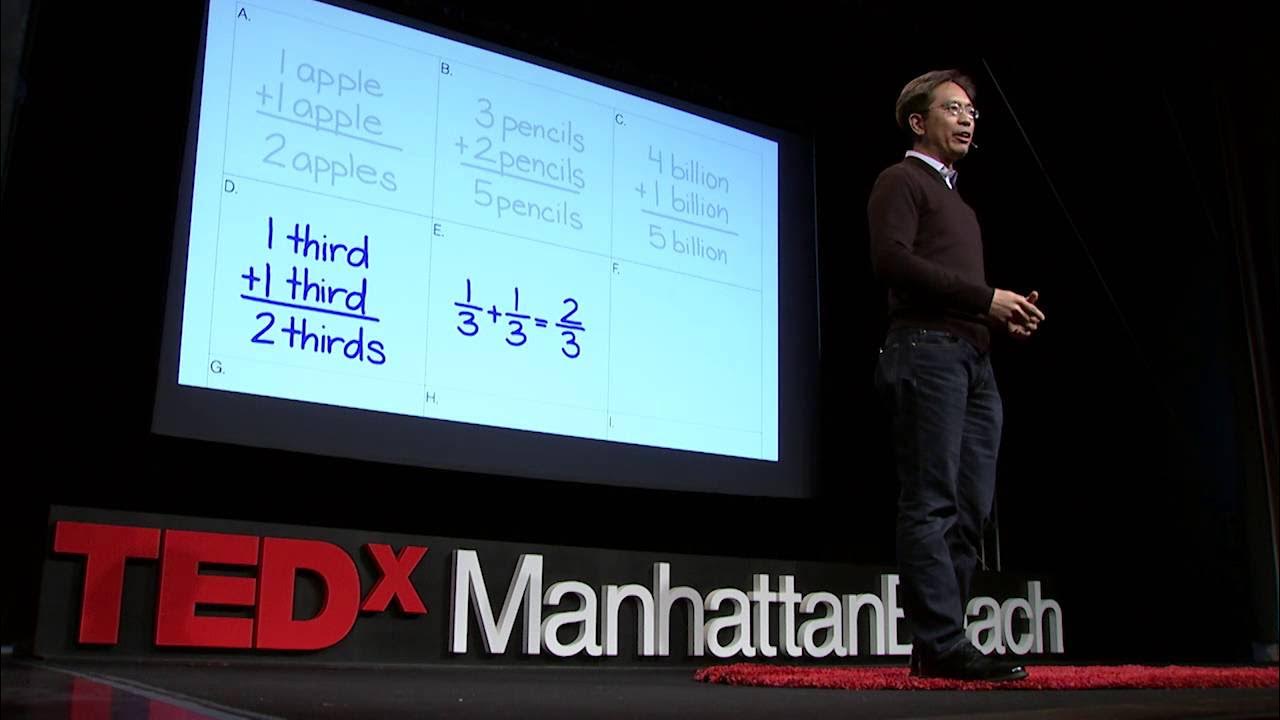What we’ve got wrong about learning mathematics | Alf Coles | TEDxBath
TLDRIn this inspiring talk, the speaker reflects on 27 years of teaching mathematics and the challenge of making it relevant to students' lives. They share their journey from a disillusioned first-year teacher to embracing Caleb Goto's教育理念, which emphasizes understanding how students learn. The speaker argues against the traditional belief in a linear progression of learning, instead advocating for an interconnected approach that leverages the innate problem-solving abilities of students. Through examples like negative numbers and algebra, they illustrate how complexity can clarify concepts and unlock potential in all learners.
Takeaways
- 🌟 The speaker has been dedicated to finding ways to make mathematics relevant and connected to students' lives for 27 years.
- 📚 The speaker's initial teaching experience in South London revealed the challenge of engaging students and the need for a different approach.
- 💡 The influence of Caleb Goteño's ideas on the speaker's teaching philosophy highlighted the importance of understanding how students learn.
- 📈 The traditional belief in learning as a vertical construction, especially in math, was questioned for its effectiveness in engaging all students.
- 🚫 The speaker argues against the common practice of separating students based on their academic progress and limiting their access to more advanced math concepts.
- 🔄 The issue of students revisiting the same concepts without progress is highlighted, emphasizing the need for a more dynamic learning approach.
- 🏃♂️ Learning is often non-linear, as exemplified by children learning to run before they walk, suggesting that foundational skills can be acquired through complex, immersive experiences.
- 🌐 The speaker's research with Professor Natalie Sinclair suggests that certain beliefs about learning can hinder our ability to improve our skills daily.
- 🔢 The concept of negative numbers and algebra, typically challenging topics, are used to illustrate how a more complex approach can lead to better understanding.
- 📚 A case study of a low-attaining student who grasped the concept of square roots after engaging with more complex material supports the speaker's argument.
- 🎓 The speaker encourages teachers and parents to consider offering more complex, rather than simpler, concepts to those who struggle, to unlock their potential.
Q & A
What is the main challenge the speaker has been grappling with for the last 27 years?
-The speaker has been trying to understand how to make learning mathematics relevant to students' lives, connected to their interests, and significant for the world we live in.
How did the speaker's initial teaching approach affect students?
-The speaker's initial approach, which emphasized student autonomy, inadvertently led to many students losing interest in mathematics, as it did not account for the fact that autonomy could be expressed by ignoring the teacher.
Who has significantly influenced the speaker's journey towards becoming a better teacher?
-The speaker was greatly influenced by the writings and ideas of Caleb Gotoño, an educator born in Africa.
What is the main message in Caleb Gotoño's 45-second clip?
-Caleb Gotoño emphasizes the need to stop teaching in ways that do not engage or reach students, and instead focus on becoming more skilled in helping them learn by understanding their needs.
How did the speaker change their teaching approach after the first year of teaching?
-The speaker began collaborating with others, particularly Lorinda Brown, and started focusing on students asking questions and writing down their ideas about mathematics, moving towards a more engaging and inquiry-based curriculum.
What is the 'belief' that the speaker and Professor Natalie Sinclair believe hinders continuous skill development in learning?
-They believe that the belief that learning is a vertical construction, where one must understand the basics before moving on to more complex concepts, can inhibit people from reaching their potential.
How does the speaker challenge the traditional view of learning as a building block process?
-The speaker challenges this view by providing examples of learning in real-life situations, such as children learning to walk by running and school-age children achieving functional fluency in a new language in a short time, which do not follow a step-by-step, building block approach.
What alternative image of learning does the speaker propose?
-The speaker proposes an image of learning as a meshwork or network, where learning involves piecing together small, relevant knots of practice and understanding, rather than a linear, vertical construction.
How does the speaker use the concept of negative numbers to illustrate the need for a more complex approach in teaching?
-The speaker uses the concept of negative numbers to show that by presenting a more complex situation that includes negative numbers and their patterns, students can better understand and engage with the concept, rather than being limited by the simpler, concrete representations.
What example does the speaker provide to demonstrate that struggling learners might benefit from more complex, not simpler, content?
-The speaker shares a story of a low-attaining student who, after working on the Pythagorean theorem, which was more complex than her current curriculum level, was able to understand and retain the concept of square roots, which she had struggled with for years.
What advice does the speaker give to teachers and parents regarding students who find certain subjects difficult?
-The speaker advises teachers and parents to consider providing more complex content rather than simpler material when students struggle, as it may offer a more meaningful context and help the students engage with the subject more effectively.
Outlines
🤔 The Journey of Relevance in Mathematics Education
The speaker reflects on their 27-year quest to make mathematics education relevant to students' lives and the world. Initially a new teacher with high ideals, they learned that their first year's approach did not engage all students. Influenced by Caleb Goteño's ideas, they shifted their teaching to foster creativity and autonomy. The speaker emphasizes the importance of understanding how students learn and the need to move away from traditional beliefs that hinder effective teaching and learning.
🏗️ Challenging the Building Block Approach to Learning
The speaker critiques the common belief in education that learning, especially in math, is a vertical construction requiring solid foundations. They argue against the practice of segregating students based on their progress and offer examples of how learning often occurs in more complex and holistic ways. The speaker suggests that teaching should respect the innate problem-solving abilities of students and focus on a more interconnected approach to learning.
🔄 Understanding Negative Numbers and Algebra Through Complexity
The speaker discusses the challenges students face with concepts like negative numbers and algebra. They propose that instead of simplifying these topics, introducing more complex ideas can help students grasp these concepts better. By using complex situations that allow students to spot patterns and make predictions, learning becomes more meaningful and effective.
🌟 Success Stories in Overcoming Traditional Learning Barriers
The speaker shares a story of a student who, despite years of struggle with math, was able to understand and apply the concept of square roots after being exposed to more complex material. The speaker emphasizes that students should not be limited by the belief that they have reached their 'mathematical ceiling.' Instead, educators and parents should consider offering more complex, rather than simpler, content to help students overcome learning barriers.
🙏 Final Thoughts on the Meshwork of Learning
In conclusion, the speaker encourages teachers, parents, and learners to rethink the traditional vertical construction of learning and embrace a more interconnected, mesh-like approach. They suggest that by providing students with complex, meaningful contexts and opportunities to use their innate problem-solving skills, educators can help students reach their full potential in mathematics and beyond.
Mindmap
Keywords
💡Learning Relevance
💡Teaching Philosophy
💡Caleb Goteño
💡Student Engagement
💡Vertical Construction
💡Meshwork of Learning
💡Negative Numbers
💡Algebra
💡Pythagorean Theorem
💡Educational Beliefs
💡Social Change
Highlights
The speaker has spent 27 years pondering how to make mathematics relevant to students' lives and the world.
The speaker's journey began as a newly qualified teacher in South London with aspirations for a creative and independent classroom.
The realization that the speaker's initial teaching approach was alienating some students from mathematics.
Influence from Caleb Goteño, an educator who emphasized understanding how to teach in a way that reaches people to learn.
The importance of students asking questions and writing down their ideas about mathematics.
The concept of teaching as a driver of social change towards a fairer, more equitable, and sustainable society.
The existence of a set of beliefs that hinder educators from becoming more skilled every day.
The belief that learning is a vertical construction, particularly in math, with a focus on solid foundations.
The practice of separating children in schools based on their progress in this vertical construction.
The idea that children learn by running, not walking, challenging the traditional step-by-step learning approach.
The example of Caroline Herschel, who despite not knowing her times tables, became a renowned astronomer.
The notion that learning is more like a meshwork or network rather than a vertical construction.
The difficulty of teaching negative numbers when only focusing on simple addition.
The suggestion that struggling students may need something more complex, not simpler.
The story of a low-attaining student who grasped the concept of square roots after engaging with more complex ideas.
The encouragement for teachers and learners to consider a more complex approach to overcoming difficulties in learning.
The final message to rethink learning as a network of messy knots of relevance rather than a vertical construction.
Transcripts
Browse More Related Video

How you can be good at math, and other surprising facts about learning | Jo Boaler | TEDxStanford

Why teach calculus?: Daniel Ashlock at TEDxGuelphU

Stop Teaching, Start Learning | Mariappan Jawaharial | TEDxEchoPark

♥♥♥ Thank you Calc Students♥♥♥ Some final thoughts.

Why is algebra so hard? | Emmanuel Schanzer | TEDxBeaconStreet

Math isn't hard, it's a language | Randy Palisoc | TEDxManhattanBeach
5.0 / 5 (0 votes)
Thanks for rating: